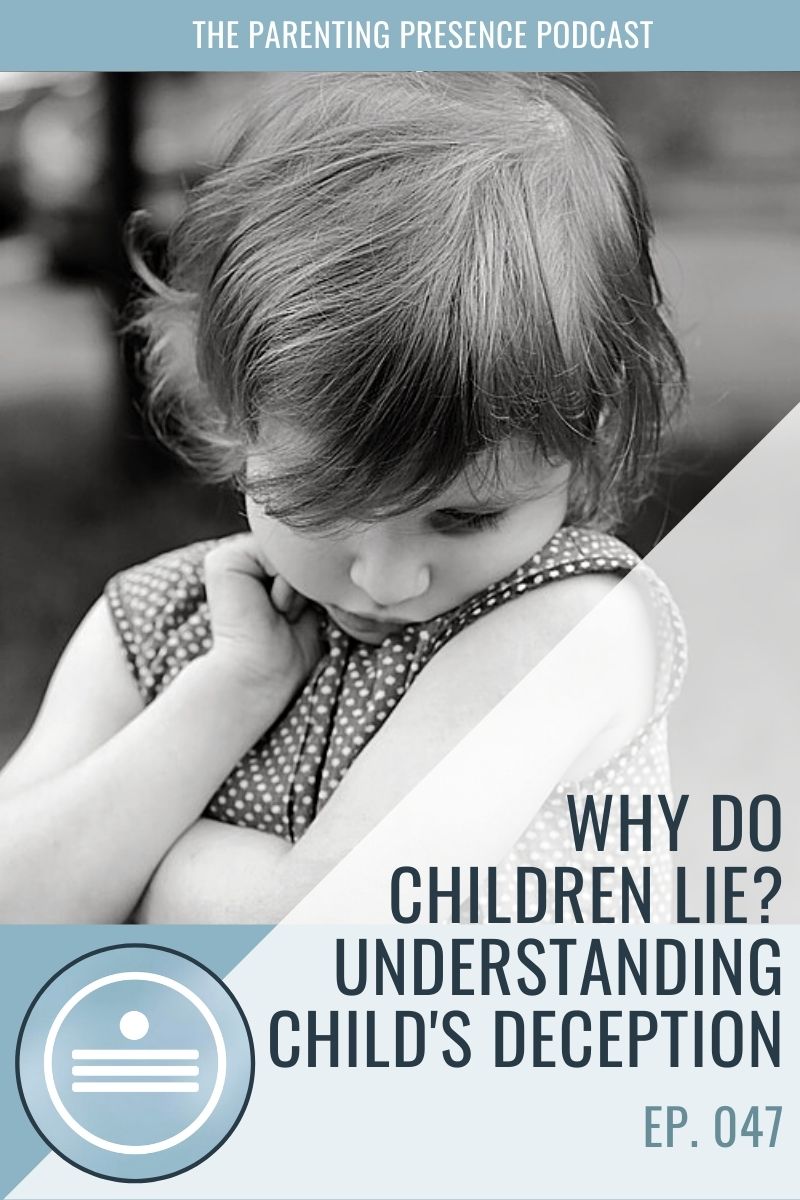
Why do children lie? And what do you do when you catch your child lying? Have you been perplexed as to why this happens and what to do with this behavior? To tackle this challenge, we need to understand where the child is developmentally and also be able to tell the difference between intentional deception and other forms of non-truth and storytelling.
Children lie for a number of reasons. To understand deceptive behavior we need to understand the child’s developmental stage. We also need to embrace the fact that lies, when they happen, tell us a lot about the child’s hidden needs and can show us the way to approach the situation. But we are getting ahead of ourselves a bit.
Let’s first understand that not all non-truth is a lie.
A child may be saying things that are not true, and yet at the same time, may not be lying at all. See, a lie has in it an inherent motive to deceive. This deceptive quality is what makes the behavior problematic and why we need to address it. On the other hand, some non-truths can take forms of storytelling. And that is a form of creative and imaginative expression. It can be a way to communicate one’s point of view of the reality without intentional deception. Or, as also can be the case, a child may be saying something and their understanding or their recollection of something is distorted.
This kind of non-truth is present everywhere.
Even in the world of adults, and it is not a problem. In the world of adults, as an example, we can see it in various forms of art or fiction. It is also equally present in childhood. Yet, because we do not always have an understanding of the developmental aspects of the child’s experience and how the child expresses it, we may be tempted to misinterpret it as a lie and as an intentional deceptive behavior.
The difference between an expression of one’s experience and a lie is primarily in that, when it comes to lying, it is assumed that the other person does not know what we know and should not know it, and every effort is made in concealing what we know by lying and deception. Whereas in the case of expressing one’s experience in a unique and creative way, generally, the person’s expression serves as a means to invite others to share the reality of that experience.
It is important to differentiate between a deliberate lie and an attempt at sharing one’s experience.
However untrue or fantastical it may sound, some non-truth may not at all be intentional. Why is this important to tell the difference between the child’s perception and intentional deception? We want to encourage and support creative expression, while at the same time, deal with and address deceptive behaviors. It would be a huge mistake to address all non-truths in the same manner. Dealing with deception in the wrong way, can damage the child’s self-esteem. It is a delicate process. Despite the mistakes the child makes, they need to feel understood and accepted.
In this episode you will:
-
understand the developmental aspects of lying and deception
-
learn what lying is telling us about the child’s needs and behaviors
-
get strategies and ideas on how to respond to childhood deception
Tune into today’s episode, where I talk about primarily two main reasons behind lying and deception. I also talk about strategies and a way to approach these situations before they turn into a maladaptive and habitual pattern of behavior.
